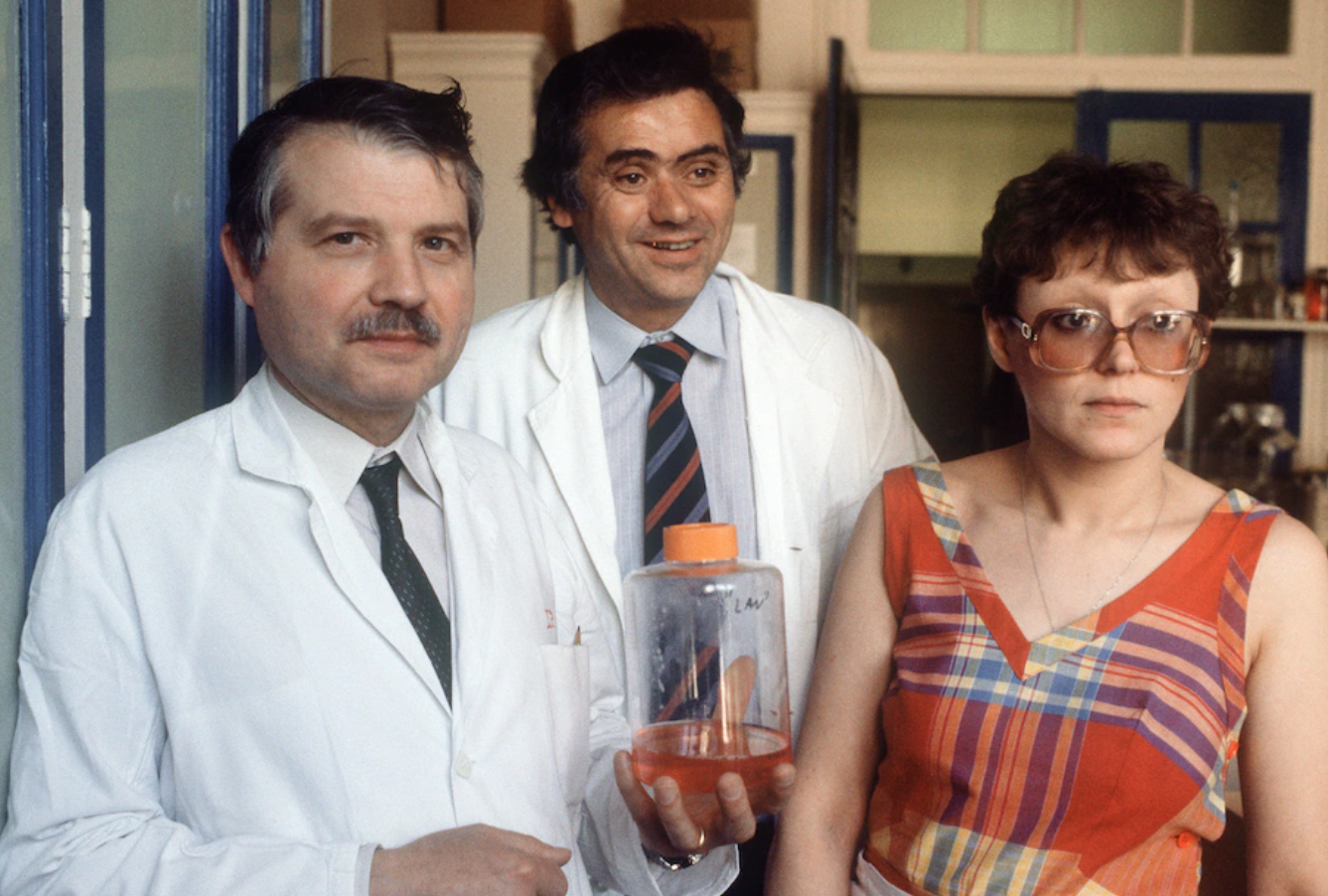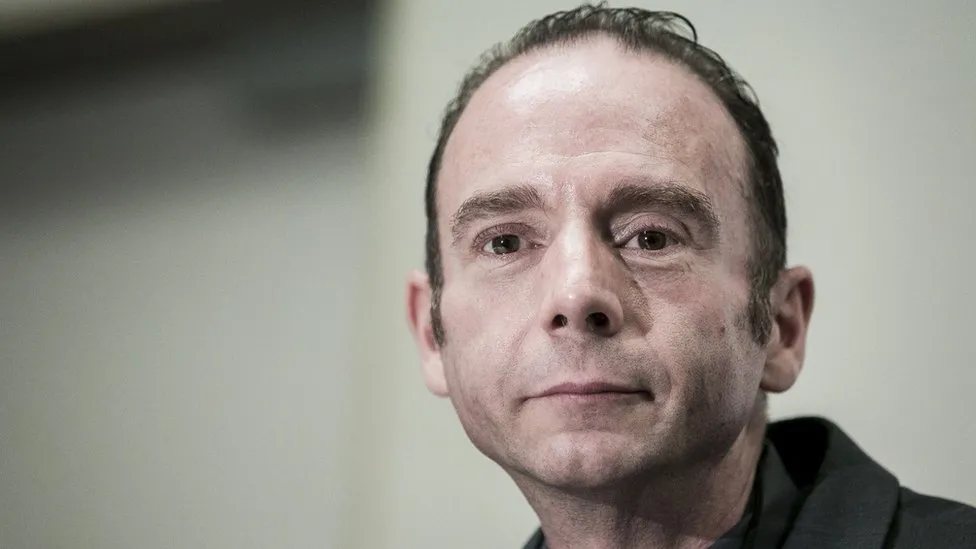By Charalampos Karouzos,
It was last year, 2023, that the 40th anniversary since the discovery of the Human Immunodeficiency Virus (HIV), responsible for acquired immunodeficiency syndrome (AIDS) was made. It has been far from a smooth journey, as the virus has caused millions of deaths while at the same time stigmatizing patients and demographic groups, wreaking havoc in the societal consistency. From the early days of the unknown and fear, to the breakthroughs in treatment, the history of HIV is a testament to human resilience and scientific progress. However, as we are headed to the half-century anniversary, humanity hasn’t progressed in the formation of a prophylactic vaccine that would finally end terms with the deadly virus.
It was May the 18th, 1981, when the gay newspaper New York Native, published the first news story with the title “an exotic new disease”, which marked the deadly anniversary – the AIDS epidemic. It wasn’t until 1983 thought, when the French scientists Françoise Barré-Sinoussi and Luc Montagnier and the USA researcher Robert Gallo, co-discovered the virus responsible for the novel epidemic. Although discovered in the late 20th century, it is speculated that both types of HIV 1 and 2 have been infecting people well before their discovery, firstly originating in non-human primates in West-central Africa in the early 20th century, and believed to have transferred to humans thereafter, via a process named zoonosis. There has not been a single etiological factor linked with the wide spread of the virus from chimpanzees in Africa, but many theories propose the prevalence of bushmeat consumption, the emergence of colonialism, with alternative theories pointing towards the widespread use of unsterile needles and syringes during mass vaccination and anti-malarian treatment campaigns following WWII.

Over the decades, significant strides were made in understanding the virus, developing highly active antiretroviral therapies (HAART) that transformed HIV from a direct death sentence to a manageable, mild, chronic condition. Nowadays a diagnosis of HIV is not anymore equal to death row, as the development of HAART offers a similar life expectancy and quality of life in HIV+ people compared to non-HIV positive individuals, provided the medication is taken as prescribed. However, here lies the most significant drawback of HIV treatment, the need to follow a strict schedule of daily or sometimes more than once a day taking of pills. It is fundamental for positive individuals to stay on track with the medication prescribed, as the drugs do not actively eliminate the virus but prevent its replication and active damage of cells, reaching virus genome levels at the blood that are very low but never zero. Regardless of the reason the medication is not taken, with lack of access being unfortunately an important reason, the levels of the virus will start to rise after stopping the management plan, making the individual susceptible to disease and becoming once again a transmitter of the virus.
Among the milestones in HIV research, undoubtedly, the case of the Berlin Patient stands out. In 2008, Timothy Ray Brown, a university student in Berlin at the time, originally from Seattle, better known as the Berlin Patient, became the first person ever to be 100% cured of HIV. Brown, diagnosed with both HIV and leukemia, underwent a groundbreaking stem cell transplant from a donor with a rare genetic mutation that made them resistant to HIV. His cure from HIV offered a glimmer of hope, sparking optimism about the possibility of replicating the success on a broader scale. He was a beacon of hope for a future where HIV would only be found in the books of history. Brown, embraced on his own life journey advocating and raising his voice, passed away in 29/9 of 2020 due to a remission of the leukemia, unrelated to HIV. He was 54 years old.

Many may ask the question: why other HIV patients can’t follow the same protocol for the bone marrow treatment as the Berlin Patient and be cured? The issue with such a procedure, as experts explain, is that a transplant is a very dangerous procedure, sometimes fatal, that if put on a comparison with HAART, the second far outweighs in terms of benefit to the patient. It’s true that HAART is not curative, but the individual is much better off with following this management protocol than undergoing a dangerous procedure that requires a donor with a very specific rare mutation (δ32/δ32), with a chance of matching with a donor at almost 0%.
However, despite remarkable progress in treatment, the ultimate goal of eradicating HIV through a vaccine remains an elusive quest, with great progress been made in gaining knowledge about the virus, yet with no physical outcome been made. The primary barrier is not inadequate funding or a lack of researchers, but the nature of the virus itself, making the developing of a successful vaccine an exceptionally challenging task.

A great number of substantial challenges must be resolved before being able to distribute a successful vaccine into the world, each posing a unique hurdle in the quest for an effective solution. One of the foremost obstacles is the viral diversity inherent in HIV, characterized by an extraordinary level of genetic variation, encompassing multiple subtypes and strains globally. Crafting a vaccine that can effectively combat this diverse array presents a formidable challenge. Additionally, HIV has evolved intricate mechanisms for immune evasion, escaping the immune system’s response, making an effective attack on the virions greatly unsuccessful. Exacerbating the complexity of the task, even if all the active viruses could be eliminated, the existence of latent reservoirs within certain cells, where the virus can remain dormant despite antiretroviral drugs and immune responses, represents a substantial barrier, complicating endeavors to achieve a functional cure or eradication through vaccination. These multifaceted challenges underscore the complexity of the HIV virus and emphasize the need for innovative approaches and sustained research in the ongoing pursuit of a viable vaccine.
As we reflect on the 40-year history since the discovery of HIV, heading to the 50-year anniversary, it is evident that the journey has been marked by both triumphs and challenges. While significant strides have been made in treatment and understanding the virus, starting from identifying the virus to producing and distributing HAART with great effectiveness, the quest for an HIV vaccine persists. The legacy of the Berlin Patient reminds us of the importance of continued research, innovation, and global collaboration in the ongoing fight against HIV and as we look toward the future, the commitment to finding a vaccine remains unwavering, driven by the hope that one day we will overcome the challenges and achieve a world without HIV.
References
- I Am the Berlin Patient: A Personal Reflection. National Library of Medicine. Available here
- Why the HIV Reservoir Never Runs Dry: Clonal Expansion and the Characteristics of HIV-Infected Cells Challenge Strategies to Cure and Control HIV Infection. National Library of Medicine. Available here
- HISTORY OF HIV/AIDS. CANFAR. Available here
- A Timeline of HIV and AIDS. HIV.gov. Available here
- History of AIDS. HISTORY.COM. Available here




